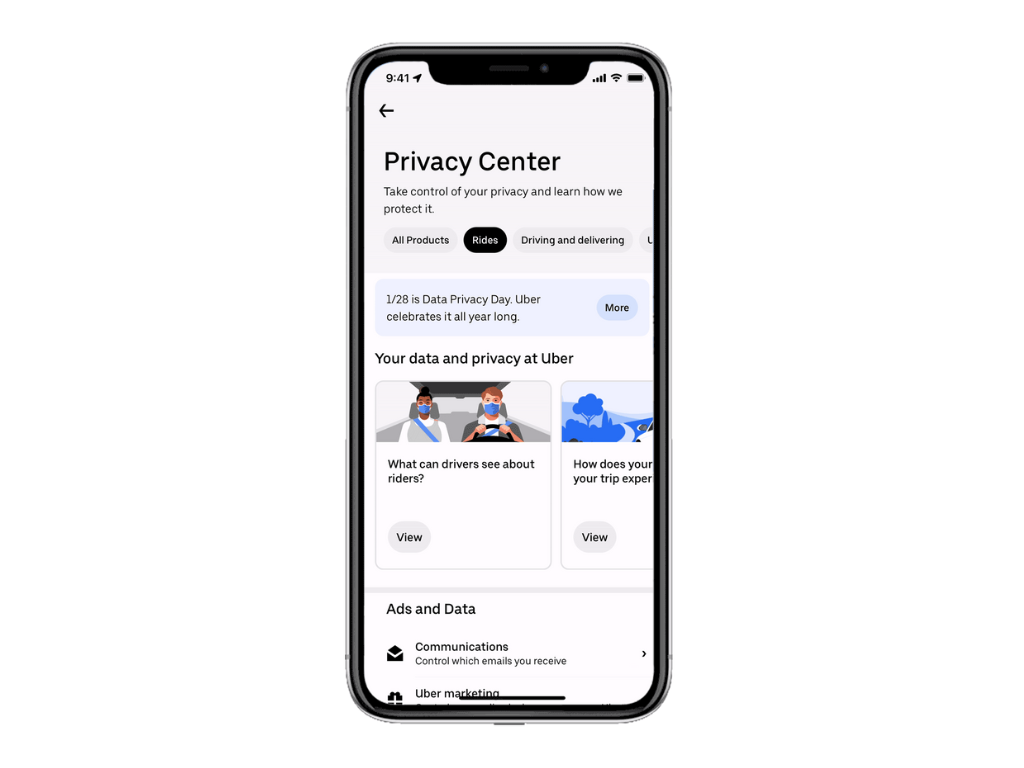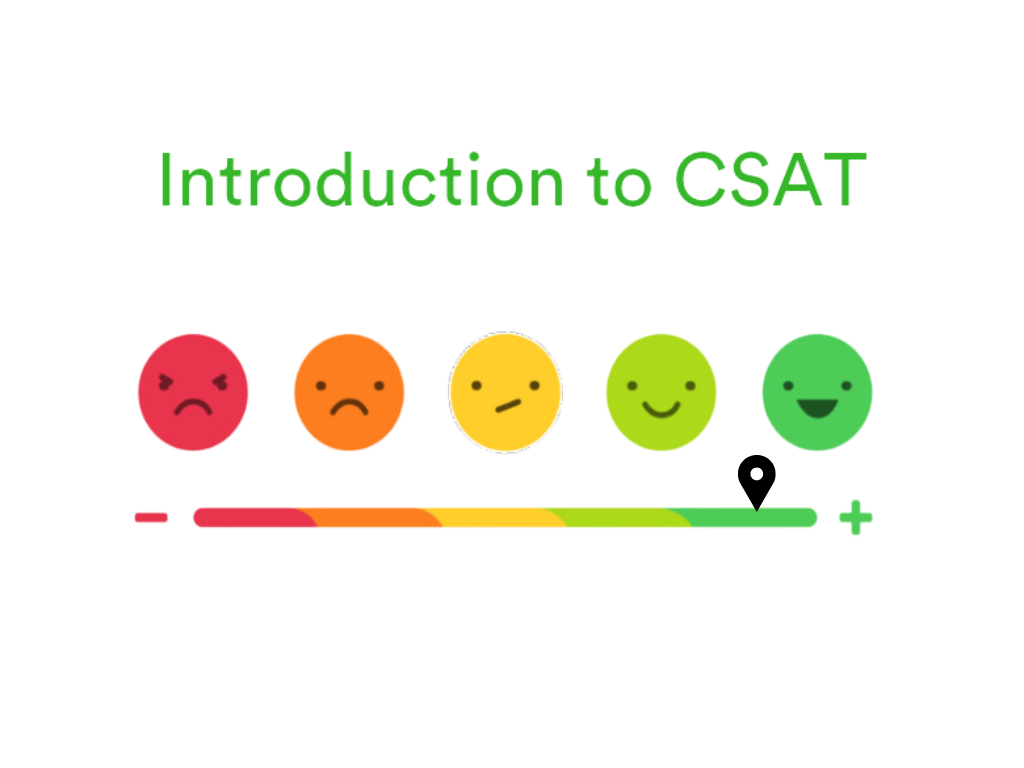Friday, January 24, 2025
Why Customer Satisfaction (CSAT) Are Still Crucial in the Age of NPS

Have you ever come across customer satisfaction ratings in your daily life? For example, Uber will pop up a rating interface after arrival, which is a satisfaction survey.
In an era where Net Promoter Score (NPS) dominates as the go-to metric for customer loyalty, it might seem like Customer Satisfaction (CSAT) have taken a backseat. However, the truth is far more nuanced. While NPS provides a bird’s-eye view of customer loyalty, it leaves gaps when it comes to actionable insights. CSAT surveys, despite their simplicity, remain indispensable for uncovering specific pain points, guiding targeted improvements, and retaining customers. Let’s break this down and explore why CSAT still matters.

The CSAT vs. NPS
Let’s ask a straightforward question: Why might a customer rate their NPS low? While the score reflects dissatisfaction, it doesn’t tell you why. NPS is an excellent macro-level metric, but CSAT operates at the micro level, giving you granular insights into specific customer interactions, services, or products.
Think of it this way: NPS is like a heatmap of your customer sentiment, showing where the issues might lie broadly. CSAT is more akin to diagnostic analytics, zooming in to identify root causes. For example, if your contact center's response times or app usability are underwhelming, only a well-designed CSAT survey can pinpoint the exact friction points.
Why B2B Companies Should Still Use CSAT
-
Pinpoint Problems Early Picture this scenario: Your SaaS platform gets an NPS of 5 from a customer. That doesn’t tell you whether the frustration stemmed from onboarding issues, the lack of a high-fidelity prototype, or a support ticket left unresolved. CSAT allows for follow-up surveys targeting these specific areas.
-
Quick Action Saves Loyalty When a customer rates their satisfaction below 3, it signals immediate dissatisfaction. Left unchecked, this can spiral into negative online reviews or churn. Imagine embedding a CSAT pop-up survey at key touchpoints, like after completing a transaction. When paired with predictive analytics, it becomes a powerful tool to proactively resolve issues and retain customers.
-
Focus on Transactional Feedback CSAT is perfect for transactional feedback. For instance, after a focus group or a product demo, using a Likert scale-based survey can collect real-time sentiment data. The insights are clear and actionable: Was the product demo engaging? Did the session meet expectations?
Practical Steps to Design High-Impact CSAT Surveys
Here are three actionable steps to get the most out of CSAT surveys:
-
Ask the Right Questions Keep it simple but impactful. For instance:
-
How satisfied were you with the ease of completing your task?
-
What could we do better in this specific process? Use open-ended questions alongside rating scales to dig deeper.
-
-
Keep It Brief Customers have limited time. Ensure your CSAT surveys are short — 3 minutes or less. Use longitudinal studies sparingly to track satisfaction trends without causing survey fatigue.
-
Incentivize Participation Offer small rewards, like discount codes or loyalty points, to increase participation rates. This is especially effective in B2B scenarios where decision-makers juggle multiple tasks.
CSAT and NPS: A Powerful Combination

Here’s the key: CSAT and NPS are not competing metrics. They complement each other. While NPS helps you benchmark overall brand loyalty, CSAT provides operational insights into specific customer experiences. The most successful B2B brands integrate these metrics into their customer relationship management systems, enabling a 360-degree view of customer sentiment.
Final Thoughts: Why CSAT Isn’t Going Anywhere
In the digital age, ignoring customer feedback is like sailing without a compass. While NPS gives you a direction, CSAT maps the route. Together, they ensure you don’t just meet but exceed customer expectations. By using tools like A/B tests to refine surveys and leveraging omnichannel analytics, businesses can stay competitive while creating truly customer-centric experiences.
Remember:
Customers aren’t just numbers—they’re human beings with unique experiences. Don’t just listen to their voices; act on them.
Related articles



